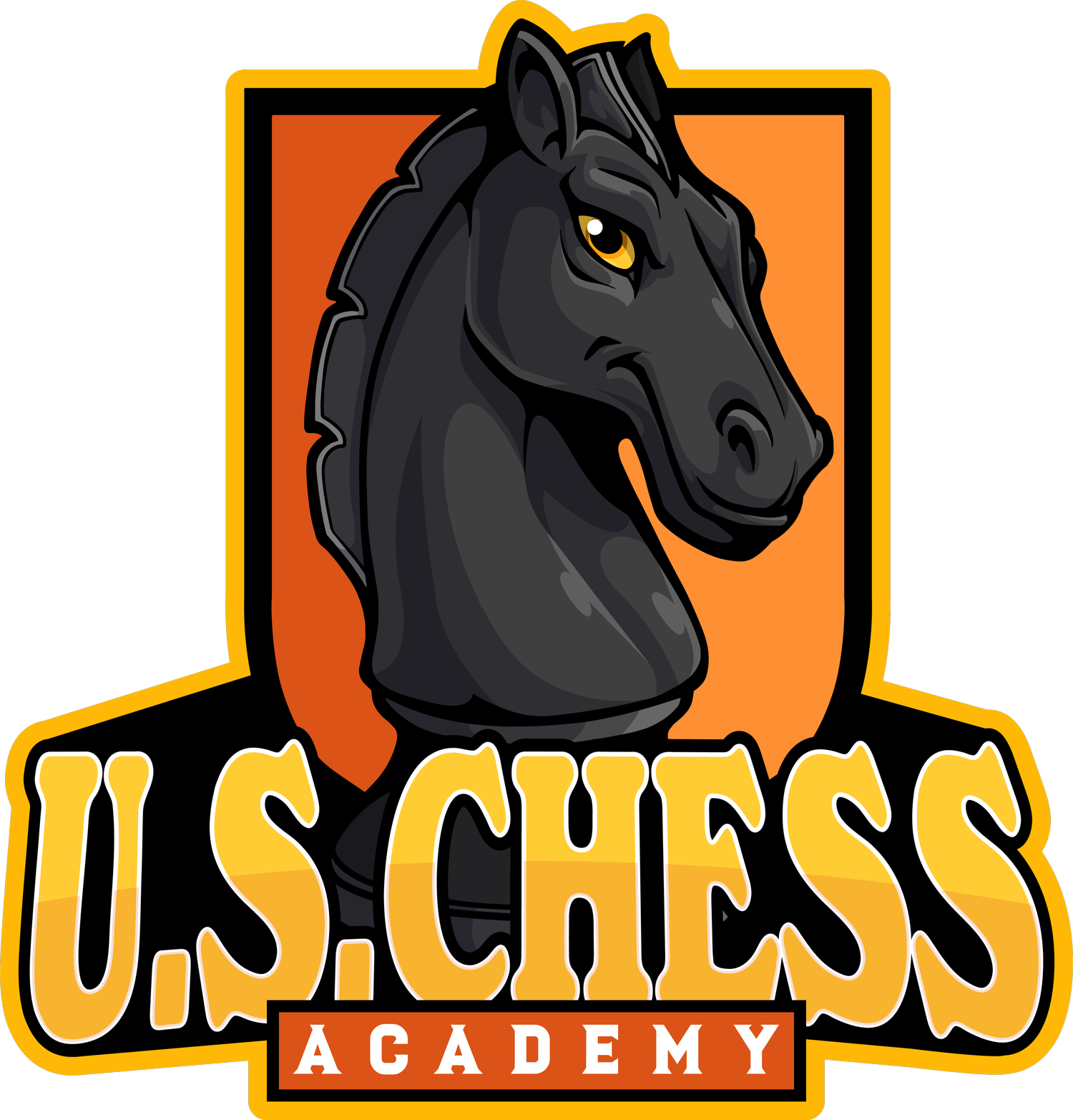Mastering the King's Game: Essential Strategies Every Chess Player Should Know
Welcome to the fascinating world of chess, a game that combines art, science, and sport. At the United States Chess Academy, we understand the allure and the challenge of mastering this timeless game. Chess is not just about moving pieces around a board; it involves deep strategic planning, quick problem-solving skills, and the ability to think several moves ahead. Whether you're a beginner hoping to learn the ropes or an experienced player aiming to polish your skills, understanding the core strategies of chess is crucial.
In this guide, we'll explore some fundamental and advanced strategies that every chess player should know. Our focus will be on building a solid foundation and gradually advancing to more complex tactics. By the end of this discussion, you'll have a better grasp of how to effectively control the game, protect your king, and put your opponent on the defensive. Join us as we delve into the essential strategies that can help transform your approach to chess and enhance your overall game performance.
Understanding the Fundamentals of Chess Strategy
The foundation of strong chess play starts with understanding basic strategies that govern the game. These core principles not only guide your initial moves but also help shape your overall game approach. One fundamental concept is controlling the center. The center of the board holds strategic importance because it allows more mobility for your pieces and greater control over the game. Thus, we emphasize developing pieces toward the center to maintain influence across the board.
Furthermore, the principle of piece development is crucial. Each piece has unique abilities, and effective mobilization of these pieces can create pressure on your opponent while strengthening your defense and attack capabilities. We encourage our players to avoid unnecessary moves that do not develop any piece or contribute to their strategic posture. Lastly, king safety is paramount. The game revolves around the ultimate goal of checkmating the opponent's king, so early strategies involve securing your king’s safety often through moves like castling. By solidifying these fundamentals, we build a platform for advancing your play from competent to formidable.
Key Offensive Strategies to Dominate the Game
To dominate in chess, one must transition from mere defensive play to mounting effective offenses that challenge the opponent and dictate the game's pace. Adopting offensive strategies can turn the tide and lead to victory. A crucial offensive tactic we teach involves the use of pawn structures. Pawns might seem modest, but their strategic formation can control vital spaces on the board, restrict the opponent's piece mobility, and pave the way for more powerful pieces to enter threatening positions.
Another offensive principle revolves around the maximization of each piece's potential. For instance, positioning rooks on open files and aligning them for double threats against the opponent's king can be a game-changing move. Equally, understanding when to exchange pieces – sacrificing a lesser value piece for a more strategic advantage – is key to gaining and maintaining control. By cultivating these aggressive yet calculated strategies, our players learn not only to respond to their opponents but also to take charge, applying continuous pressure until they emerge victorious.
Defensive Techniques to Protect Your King
In chess, the safety of your king is your ultimate priority. Effective defensive strategies are as crucial as offensive maneuvers. One of the first defensive techniques we focus on is the proper positioning of pawns. Pawns can form a protective barrier around the king, often referred to as a "pawn shield." Keeping pawns structured and intact, especially in front of the king, can thwart many common threats and attacks.
Another vital defensive strategy is the mindful coordination of pieces. Knights, bishops, and queens should work harmoniously to cover potential entry points and keep the king secure. For instance, controlling key squares around the king can prevent opponent pieces from penetrating defenses easily. Moreover, understanding when to trade pieces can be crucial. Exchanging high-value pieces when under threat can reduce the risk of a direct attack on the king, thereby reducing the opponent's offensive potential. By mastering these defensive strategies, players can maintain a robust defense which crucially underpins successful gameplay.
Practicing and Improving Your Chess Game Strategy
Consistent practice is the bedrock of improvement in chess. By continuously engaging in games and reflecting on strategic adaptations, we expand our understanding and ability to implement various tactics. At our academy, we encourage regular practice through structured games, problem-solving exercises, and tournament play, which provide real challenges that are essential for growth.
Moreover, leveraging technology, such as chess software and online platforms, allows our players to practice against diverse opponents and learn from a wider array of game scenarios. Such tools offer immediate feedback and the chance to review games to understand and correct missteps. Incorporating lessons from each game helps refine strategies and prepares our players for future matches. Remember, the goal is not just to play, but to learn and adapt with each move.
Conclusion
Throughout these discussions, we've explored several strategies to boost your chess game, from foundational techniques to both offensive and defensive tactics. At the United States Chess Academy, our mission is to provide a pathway from learning to mastery by offering thorough guidance and ample opportunities for practice. Whether you're just starting out or looking to polish advanced skills, understanding and implementing these strategies will significantly enhance your gameplay.
Ready to take your chess skills to the next level? Join us at our chess coaching center at the United States Chess Academy, where we are committed to nurturing champions, one move at a time. Let's embark on this journey of strategic mastery together and unlock your full potential on the chessboard.

